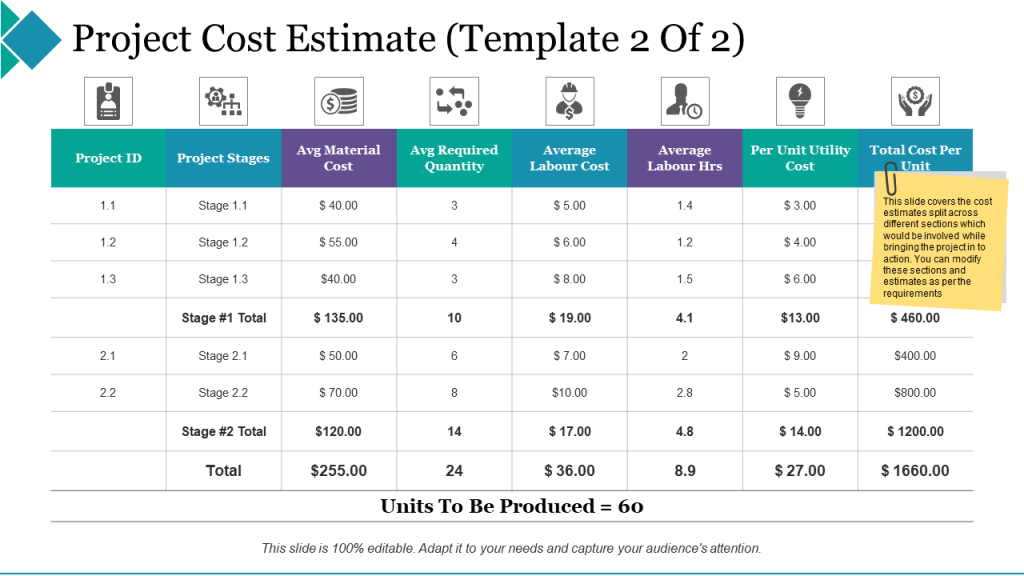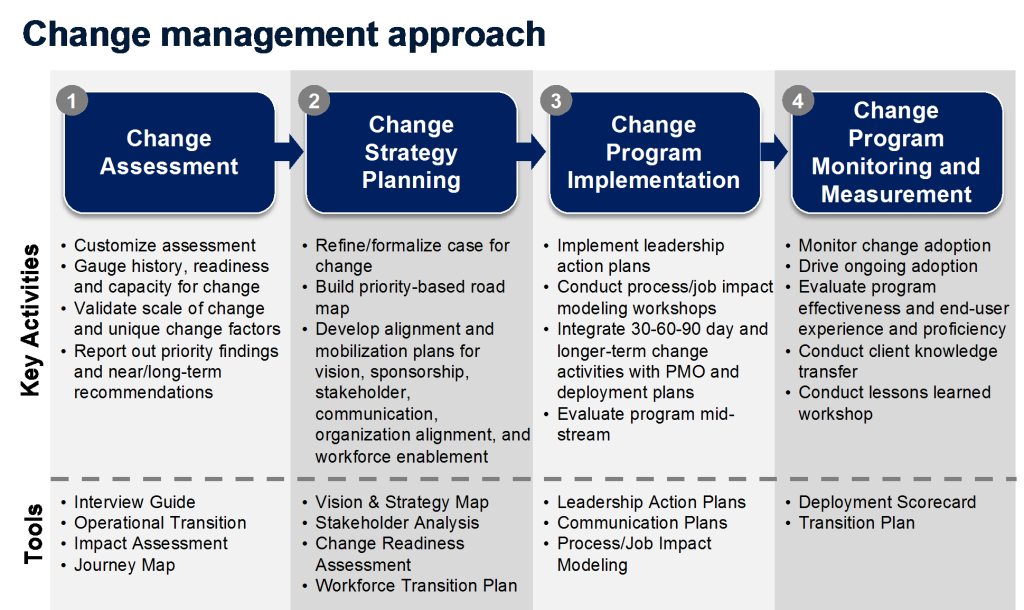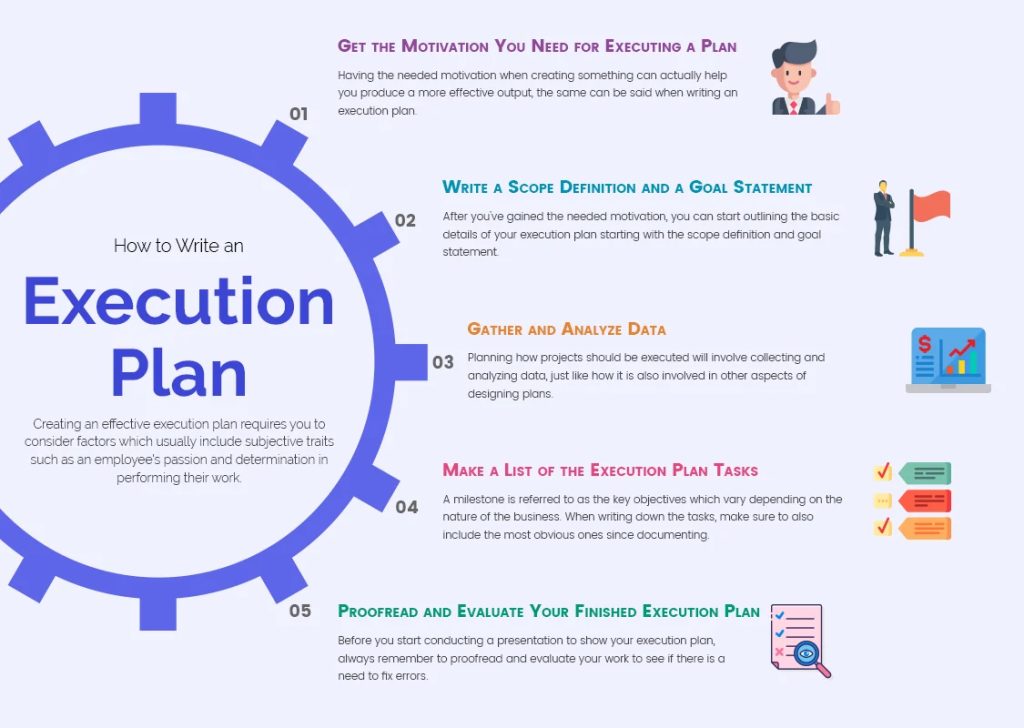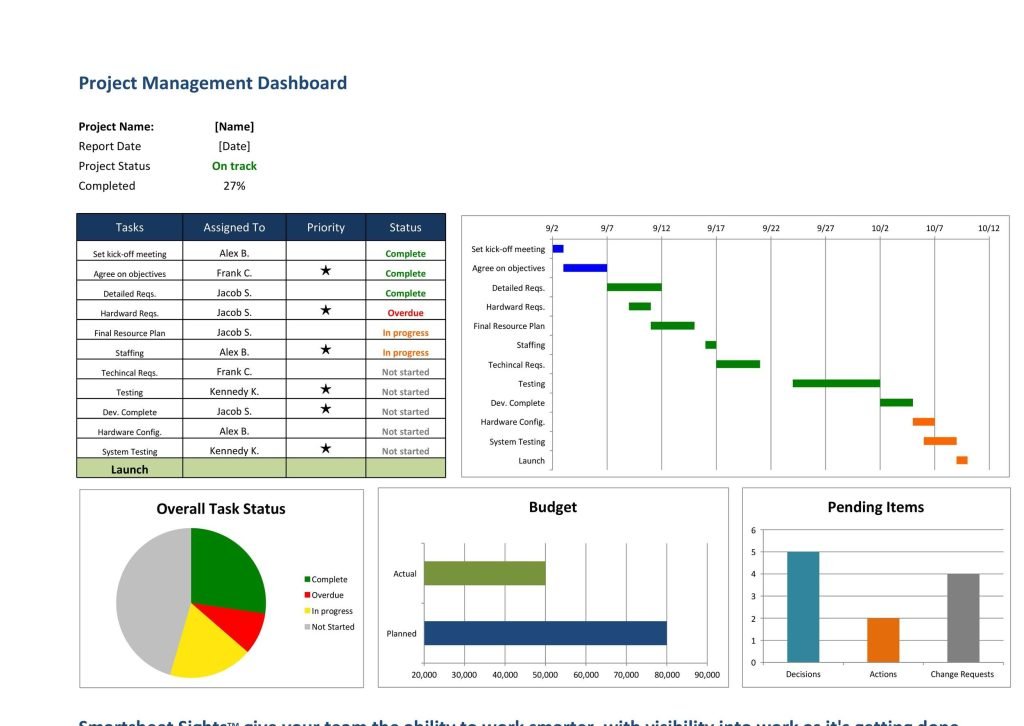What Is a Change Management Plan Template?
It is a structured document that helps organizations navigate changes effectively. It outlines the process, stakeholders, communication strategies, risk assessments, and implementation steps required to manage transitions smoothly. Whether introducing new technology, restructuring teams, or updating business processes, a well-defined change management plan minimizes disruptions and increases adoption success. This guide will walk you through creating an effective template using real-world case studies and practical insights.
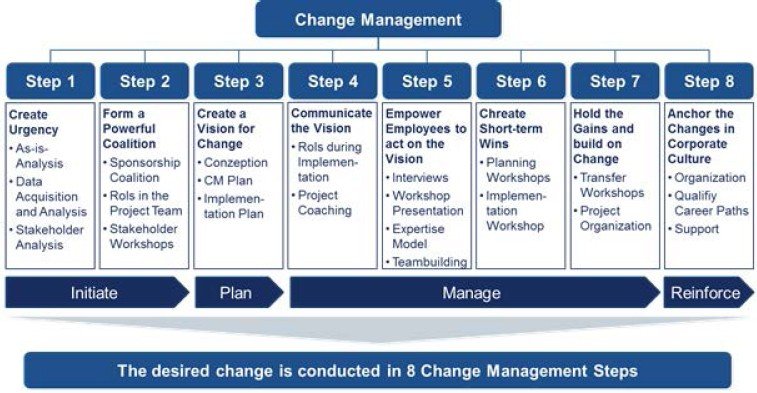
Introduction:
Change is inevitable in business, but managing it successfully isn’t always easy. Companies often struggle with resistance from employees, lack of clear communication, and unforeseen disruptions. A well-structured Change Management Plan Template helps businesses anticipate these challenges and create a roadmap for smooth transitions.
If you’re a project manager, HR professional, or business leader, having a solid change management plan ensures that your projects meet their objectives without unnecessary setbacks. In this guide, we’ll break down the components of this template and provide insights based on real-world case studies.
Related Content: Gantt Chart in Project Planning
Why Companies Struggle with Change:
Many organizations fail at change management due to common pitfalls such as:
- Lack of clear communication: Employees don’t understand why changes are happening, leading to resistance.
- Inadequate planning: Without a structured approach, businesses encounter unforeseen roadblocks.
- Employee pushback: People are naturally resistant to change, especially when they don’t see immediate benefits.
- Poor stakeholder engagement: Key decision-makers and influencers aren’t involved in the change process.
- Failure to measure impact: Companies don’t track progress or gather feedback, leading to unsuccessful implementation.
A structured Change Management Plan Template helps address these issues by providing a step-by-step framework to implement change effectively.
Check out Agile Project Plan Template Excel as a Related Template.
Consequences of Poor Change Management:
Neglecting change management can lead to costly mistakes. Take the example of a major retail chain that implemented a new inventory management system without properly preparing employees. The result?
- Widespread confusion among staff
- Disrupted supply chains
- Increased customer complaints
- Loss of revenue
On the other hand, companies that prioritize structured change management see increased efficiency, employee satisfaction, and smoother transitions.
Download: Performance Improvement Plan Template
Building an Effective Change Management Plan Template
This template includes the following key sections:
1. Change Overview
- Define the type of change (e.g., process, technology, organizational structure).
- Outline the reasons for the change and its expected benefits.
2. Stakeholder Analysis
- Identify key stakeholders (executives, managers, employees, customers, suppliers).
- Define their roles and influence in the change process.
- Develop engagement strategies to secure buy-in.
3. Communication Plan
- Establish clear messaging and key talking points.
- Define communication channels (emails, meetings, intranet updates, town halls).
- Set a schedule for communication updates.
4. Risk Assessment and Mitigation
- Identify potential risks associated with the change.
- Develop contingency plans to address these risks proactively.
5. Training and Support
- Determine training needs for employees.
- Develop a timeline for training sessions and workshops.
- Provide ongoing support through FAQs, help desks, and coaching.
6. Implementation Roadmap
- Outline specific phases and milestones.
- Assign responsibilities to team members.
- Set realistic timelines for each phase.
7. Performance Metrics and Feedback Loop
- Define key performance indicators (KPIs) to measure success.
- Gather employee feedback to refine processes.
- Conduct post-implementation reviews to assess effectiveness.
Related Content: Quality Control Plan Construction Template
Case Study: Successful Change Management in Action
A global software company recently rolled out a new CRM system. Instead of rushing the implementation, they followed a structured Change Management Plan:
- Conducted early stakeholder engagement sessions.
- Developed a phased rollout strategy with pilot teams.
- Provided ongoing employee training and one-on-one coaching.
- Used feedback surveys to refine processes before full implementation.
The result? A 95% adoption rate within six months, increased productivity, and positive employee feedback.
Benefits:
As businesses evolve, the importance of structured change management continues to grow. Here are the key benefits of using this template in 2025:
- Enhanced Employee Engagement: Employees feel more involved and informed, reducing resistance to change.
- Increased Efficiency: A structured approach streamlines transitions, minimizing downtime and operational disruptions.
- Better Risk Management: Proactive identification of potential obstacles helps mitigate risks before they become critical issues.
- Higher Success Rates: Organizations with a formal change management plan are more likely to achieve their project goals.
- Stronger Organizational Agility: Businesses can adapt more quickly to market shifts and technological advancements.
- Improved Compliance: Ensures adherence to regulatory requirements and industry best practices.
Related Template: Project Documentation Template Excel
Best Practices:
To maximize the effectiveness of your template, follow these best practices:
- Customize to Fit Your Organization: While templates provide a framework, tailor them to meet your company’s specific needs and culture.
- Engage Stakeholders Early: Involve key decision-makers and employees from the beginning to foster support and buy-in.
- Communicate Transparently: Clearly articulate the reasons for change and provide regular updates through multiple channels.
- Leverage Technology: Utilize project management and collaboration tools to streamline implementation and track progress.
- Provide Continuous Training: Equip employees with the necessary skills and knowledge to embrace change successfully.
- Monitor and Adapt: Continuously track performance metrics and adjust strategies based on feedback and evolving business needs.
Related Article: Project Implementation Plan Template
Why You Need a Change Management Plan Template:
Using this template helps businesses:
- Reduce resistance to change by engaging employees early.
- Improve communication and alignment across teams.
- Mitigate risks and minimize disruptions.
- Increase efficiency and project success rates.
- Ensure a structured, repeatable process for future changes.
Personal Experience:
I have personally used this template, and I must say it has made a significant difference in how I approach transitions within my projects. One of the key benefits is how it streamlines stakeholder communication and ensures that all potential risks are addressed proactively.
For example, when implementing a new digital transformation initiative in my organization, this template helped me:
- Clearly outline objectives and key milestones.
- Gain buy-in from stakeholders early in the process.
- Develop an effective training plan to ensure a smooth adoption.
- Track progress and adjust the strategy based on real-time feedback.
This template isn’t just a theoretical framework; it’s a practical tool that has helped me execute change projects with confidence and efficiency.
For Premium Templates, Please visit ProjectPlanExcel.net
Final Thoughts:
Change is inevitable, but failure doesn’t have to be. With this template, businesses can navigate transitions with clarity and confidence. Whether you’re implementing new technology, restructuring teams, or shifting strategies, a structured plan ensures smoother execution and better outcomes.
Start using a Change Management Plan Template today to set your projects up for success!
Related Article: Change management
FAQs:
1. What are the 5 C’s of change management?
The 5 C’s of change management include:
- Clarity – Define the vision and objectives of the change.
- Communication – Ensure transparent and effective messaging.
- Consistency – Maintain uniformity in processes and updates.
- Commitment – Gain stakeholder and leadership support.
- Capability – Equip employees with the necessary skills to implement the change successfully.
2. What are the 7 R’s of change management?
The 7 R’s of change management help assess and manage change effectively:
- Raised – Who initiated the change?
- Reason – Why is the change necessary?
- Return – What benefits will the change bring?
- Risks – What are the potential risks?
- Resources – What resources are required for implementation?
- Responsible – Who is in charge of the change process?
- Relationship – How does this change affect other business areas?




